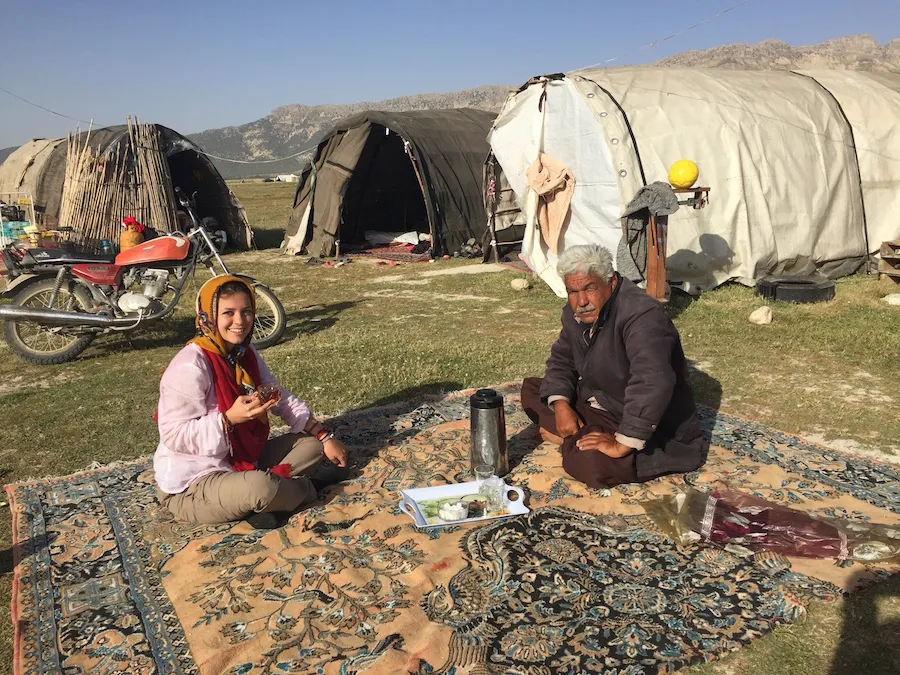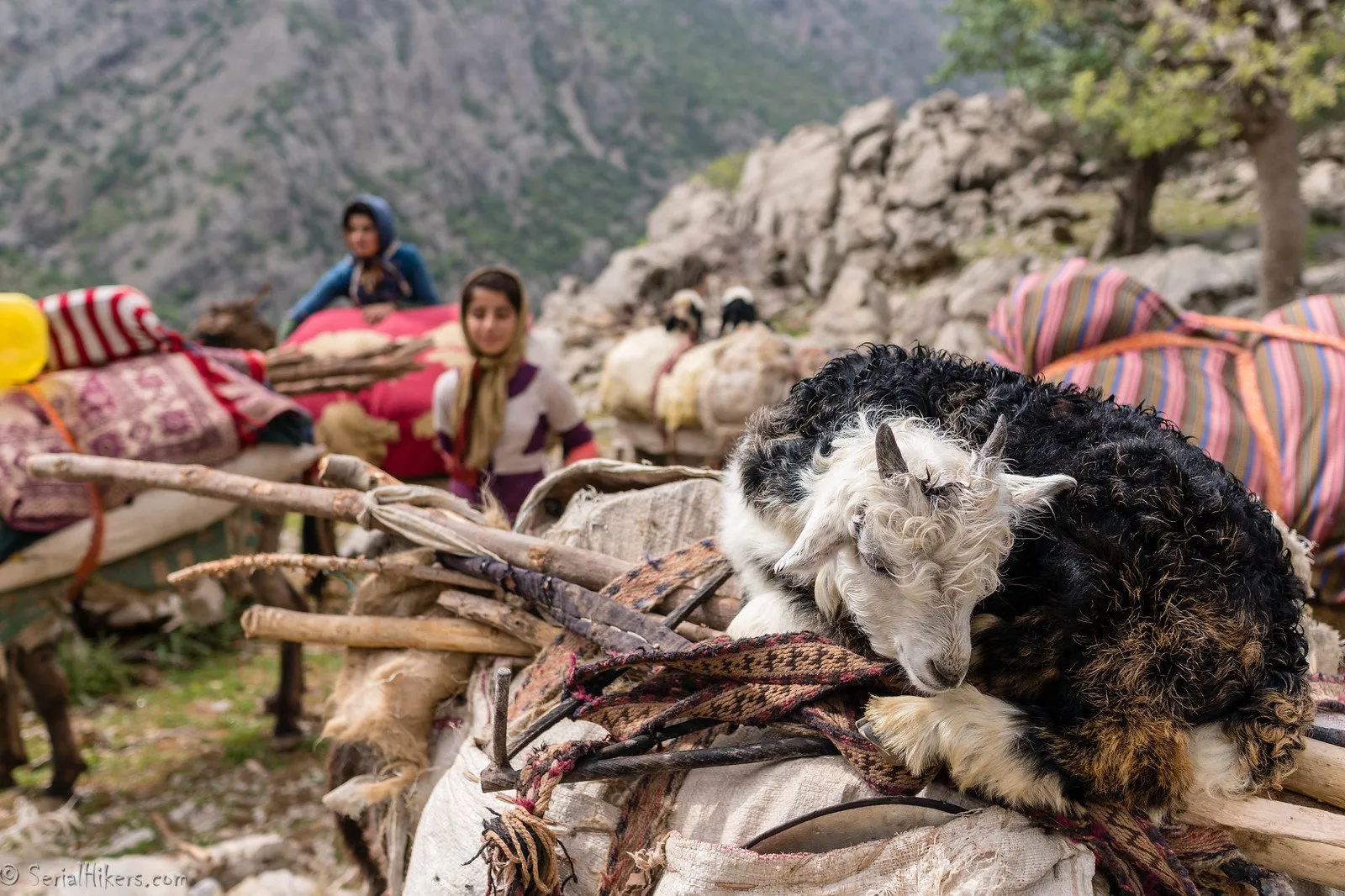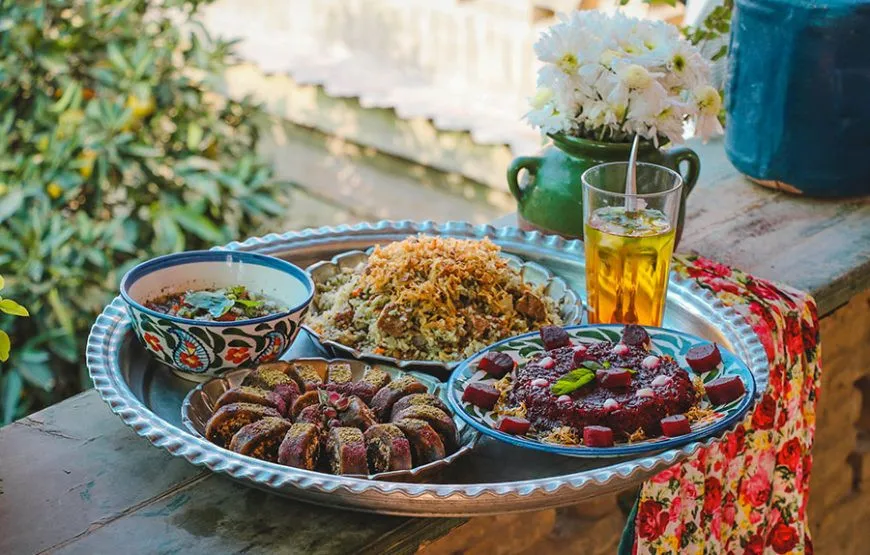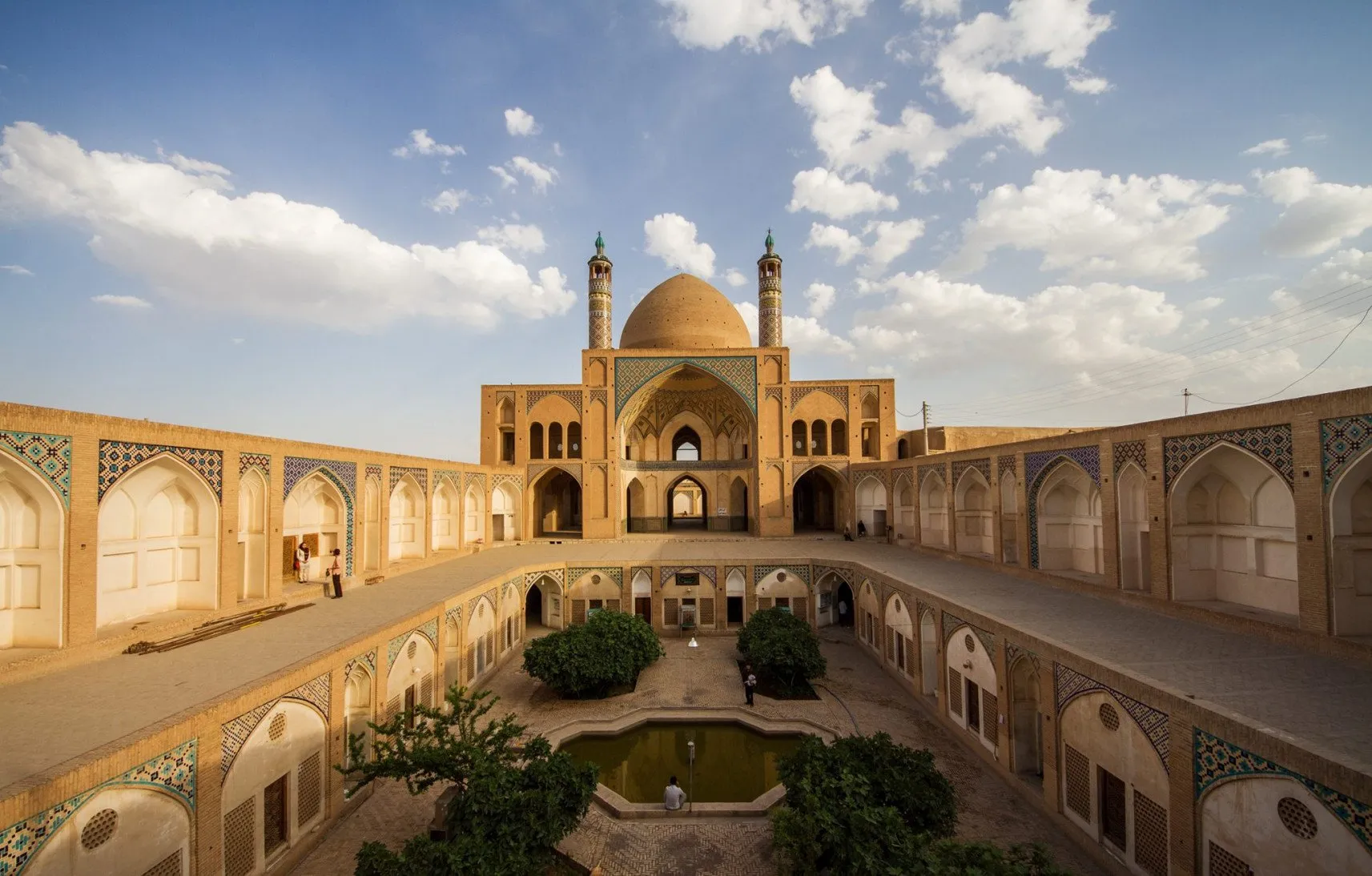Fashion might seem like a modern concept, but its roots trace back to ancient times. Every piece of clothing tells a story, as dressing up has never been solely about covering the body. It has always represented an idea about the person wearing it: who they are, where they come from, and what they do.
In Iran, as in many parts of the world, clothing has played a significant role. In a land with a history spanning over 5,000 years, the evolution of fashion reflects the rich cultural and historical tapestry of its people.
In this blog, we explore the life of fashion in Iran, delving into its journey and various aspects. Join us as we uncover the stories woven into the fabric of Iranian attire.
Unique Blend of Tradition and Modernity
When diverse groups of people live together, especially over centuries, customs and traditions naturally emerge alongside distinct cultural aspects.
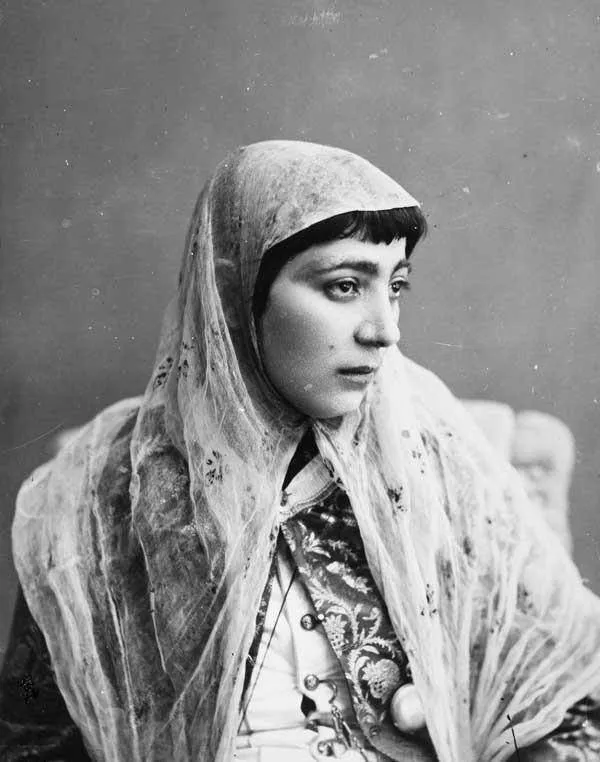



What we recognize today as local clothing styles in different regions has a long and rich history. However, these traditional styles now primarily persist in villages, among tribes, and during special occasions. This shift results from a global change in perspectives on clothing, with a more universal approach to fashion emerging around two centuries ago. This global trend promoted a general standard for men’s and women’s clothing.
The worldwide changes in clothing reached Iran almost simultaneously with other parts of the world, steering the country towards a more unified sense of fashion. Over the past two hundred years, Iranian clothing styles have undergone numerous transformations, facing significant changes to become what they are today. Despite these shifts, global trends and innovative styles have never overshadowed Iran’s unique fashion heritage. Instead, traditional and local dressing styles have merged with worldwide trends, creating a distinct fashion identity unique to Iran.
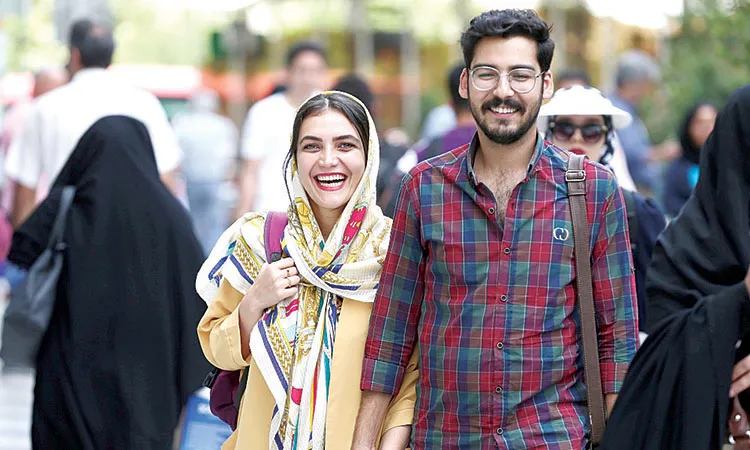
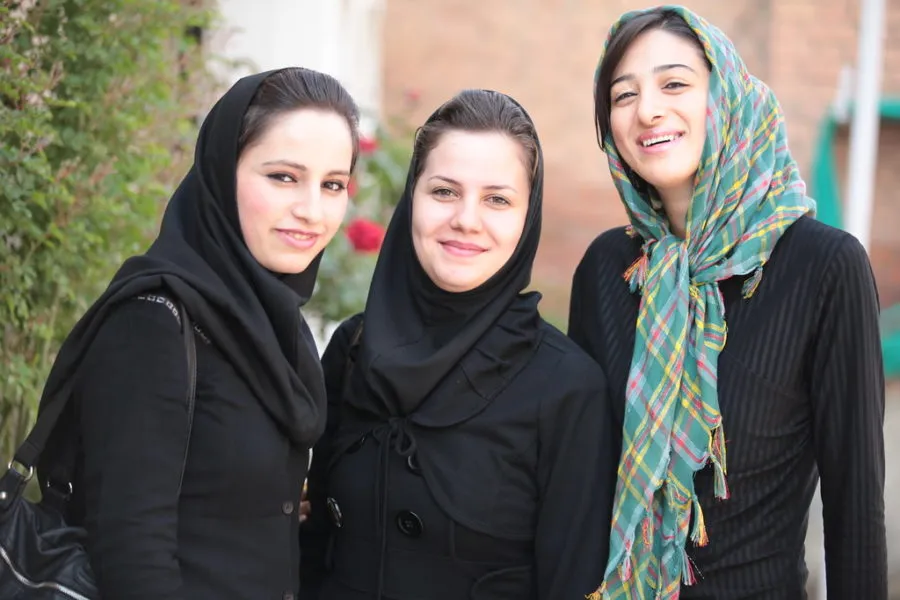
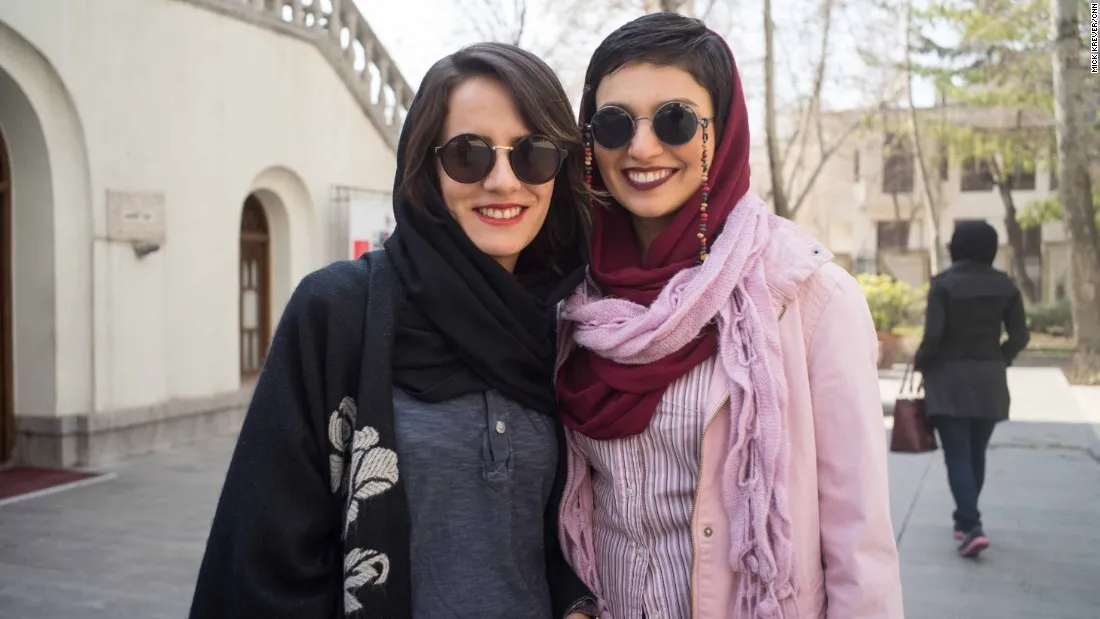
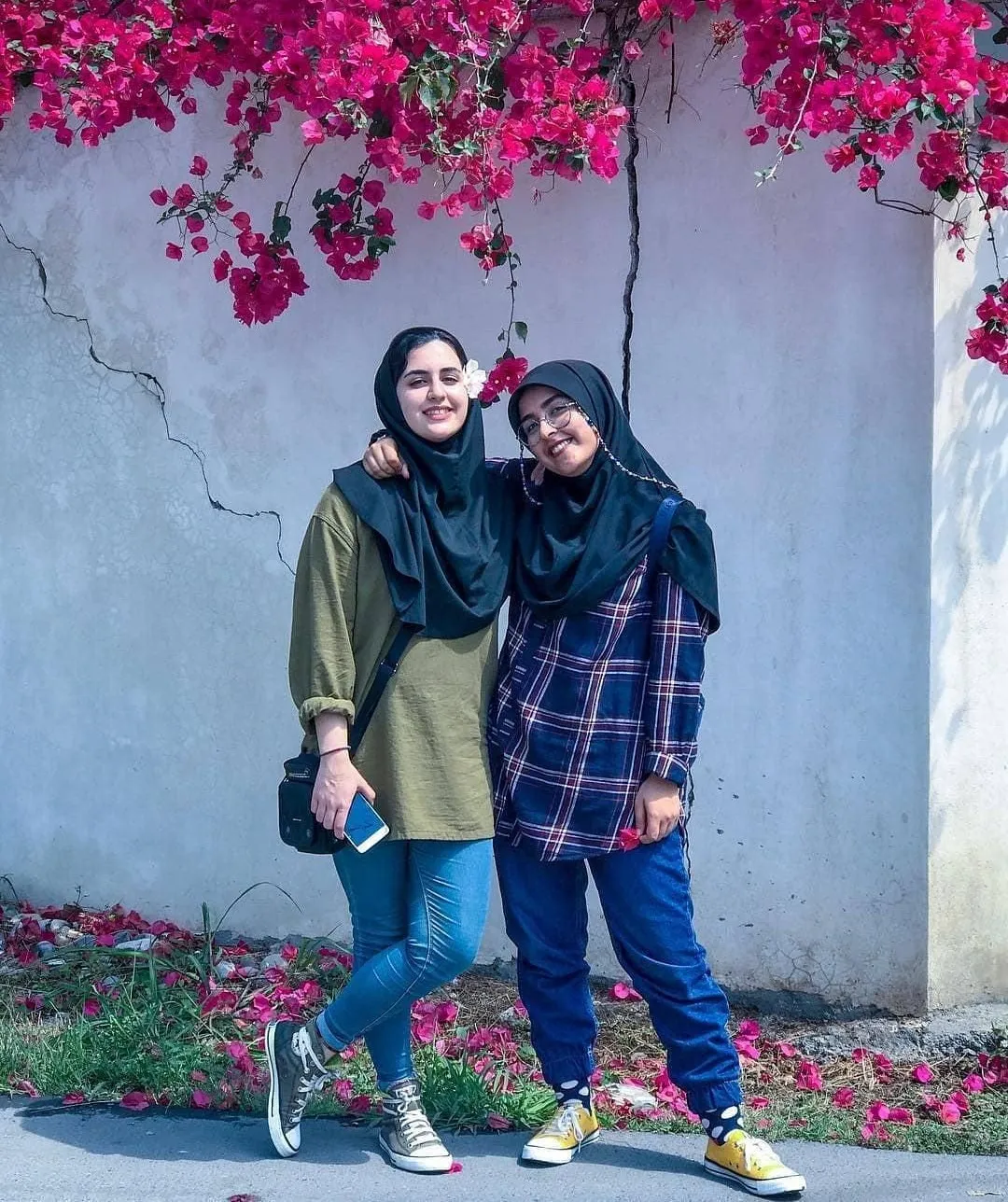
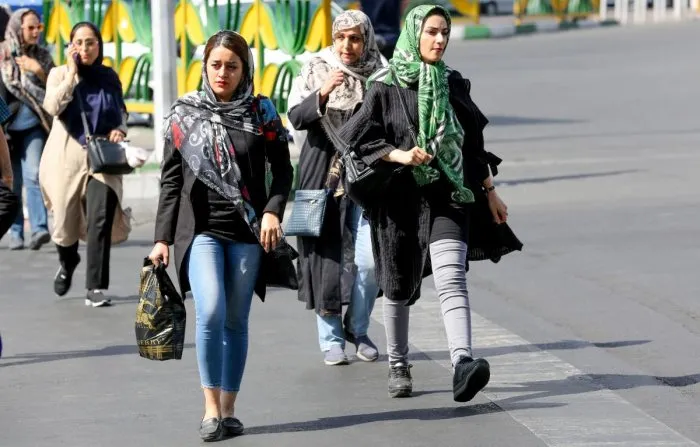
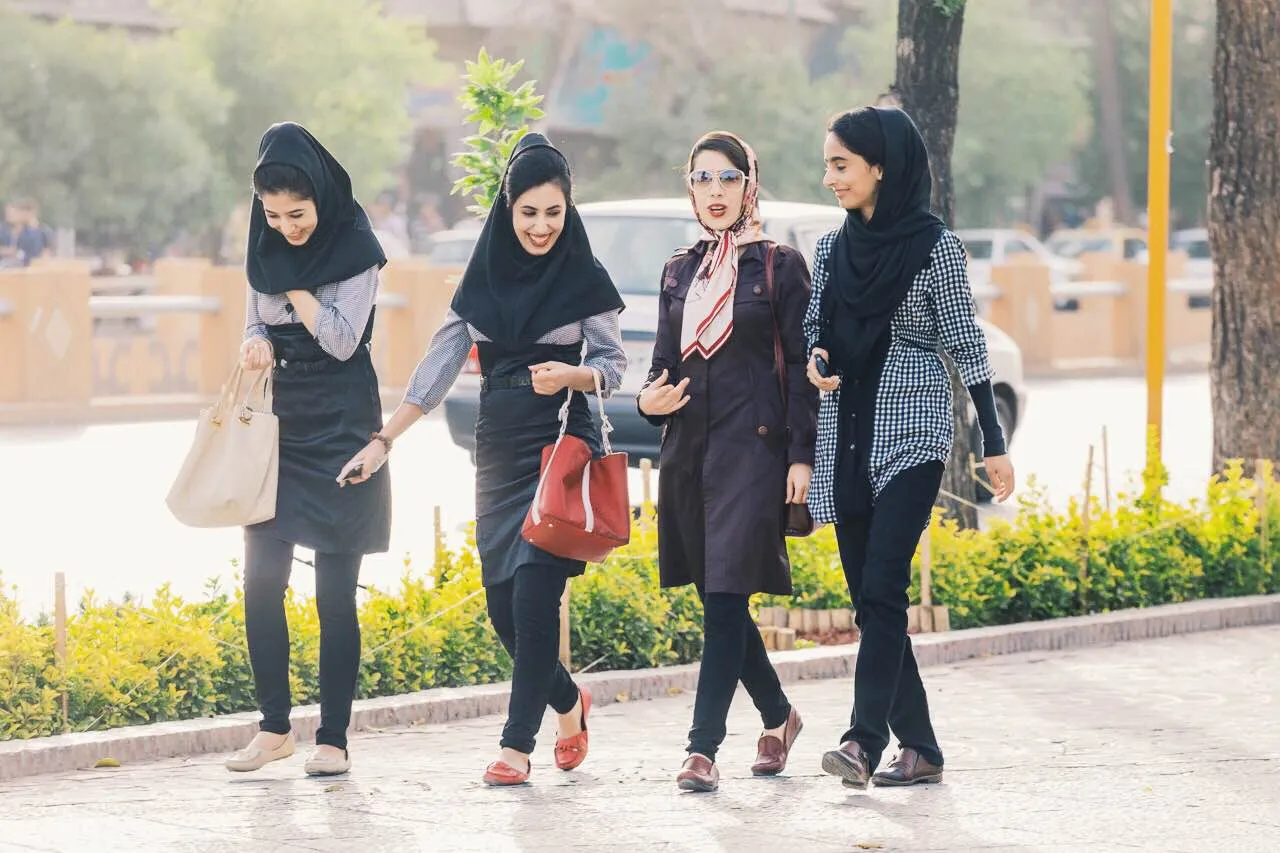
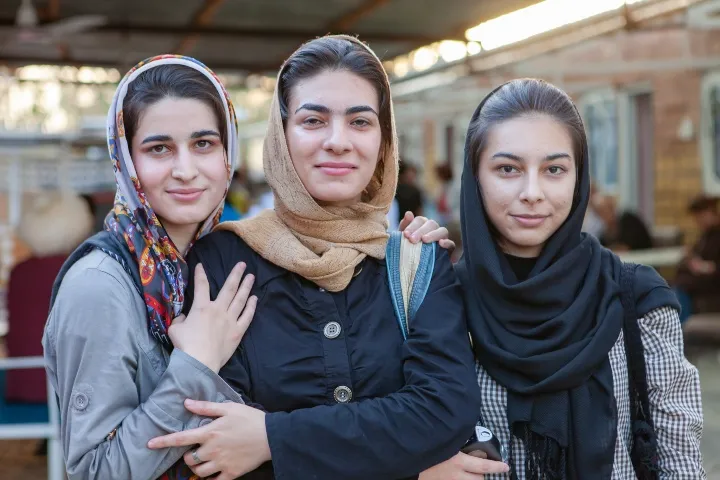
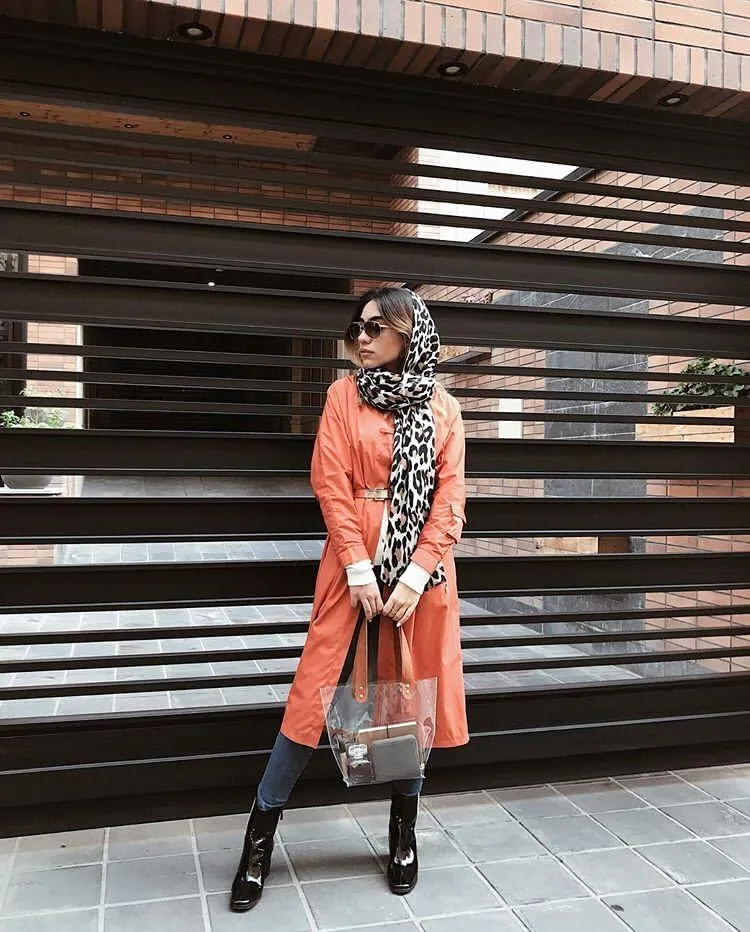
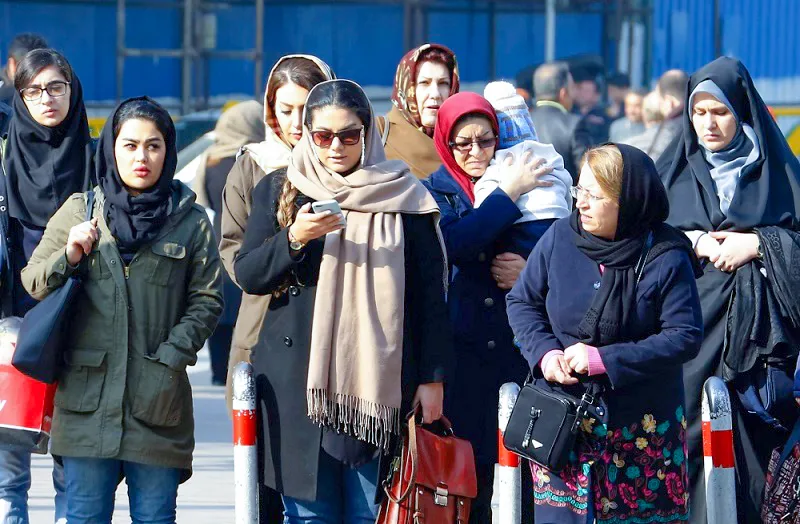
I recall a Polish couple who were astonished by the unique clothing styles they saw in Tehran. They were equally surprised by the traditional, local dresses worn in other cities and among nomads during their annual migrations. The way both men and women dress for work, social outings, visiting friends, or simply taking a walk in the park can be truly suggestive, innovative, and beautiful. “You can see well-dressed men and women and always get inspiration for your own clothing!” the Polish couple remarked during their visit to Iran.
To read more about the dress code for men and women in Iran, take a look at our blog post: “Complete Guide to the Dress Code in Iran.”
The Unique Clothing of Azari Tribes and Ethnicities in Iran
After the Persian people, the Azaris are the largest ethnic group in Iran. While they are distributed throughout the country, the majority of Azari people reside in the northwest, spanning more than three provinces.
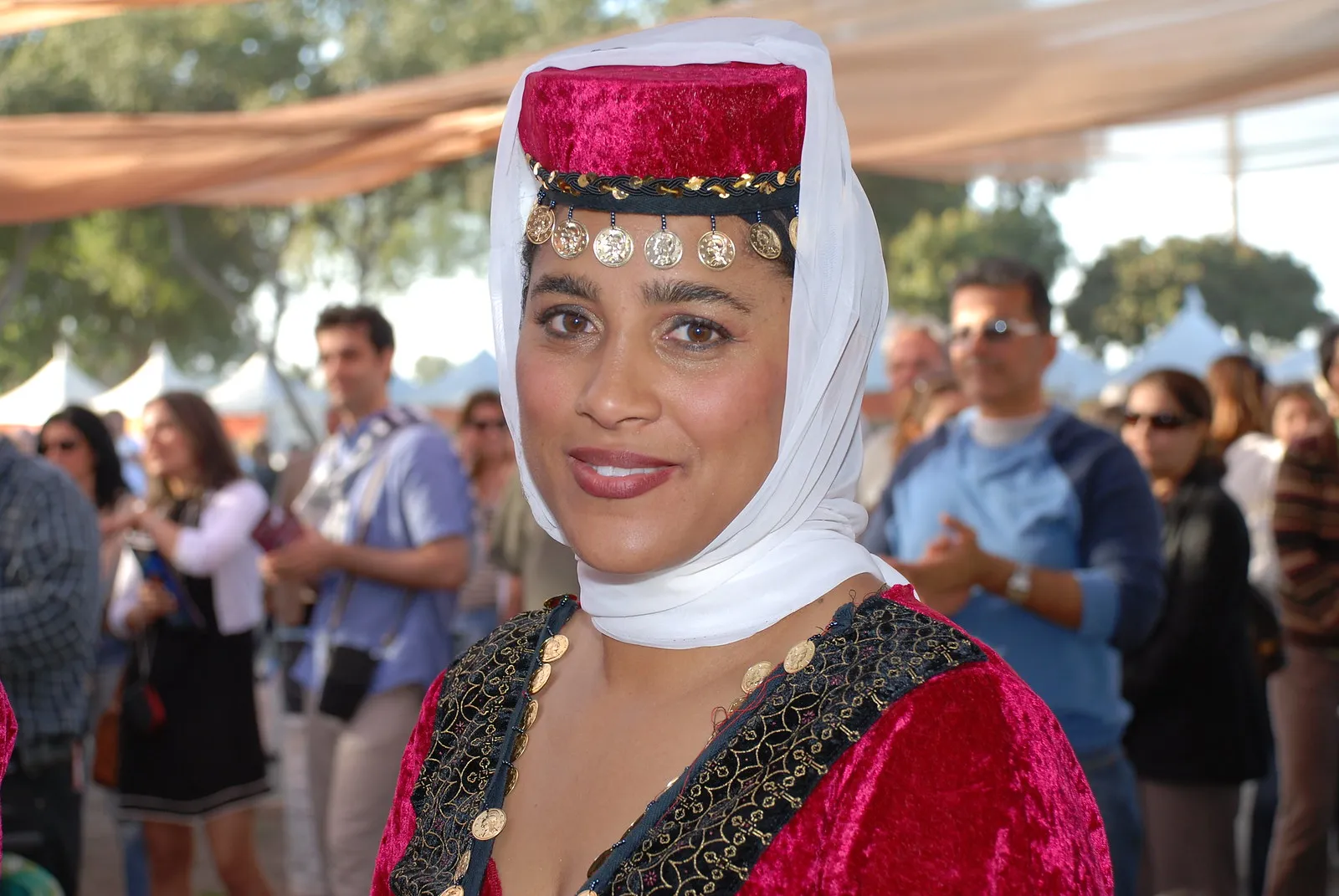
In Azari culture, clothing has traditionally been a means of expressing one’s heritage and social status, as well as showcasing artistic skill through intricate decorations. Interestingly, an Azari woman’s dress can indicate her marital status and age.
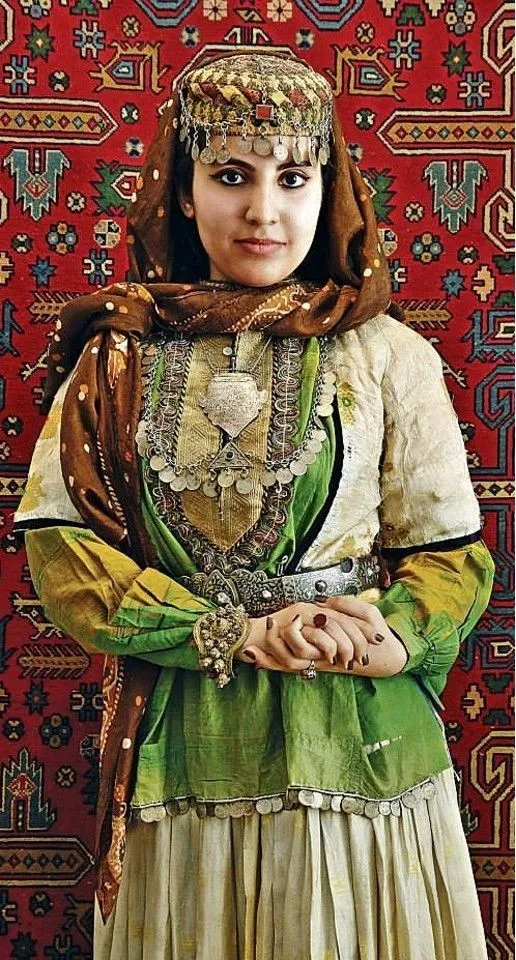


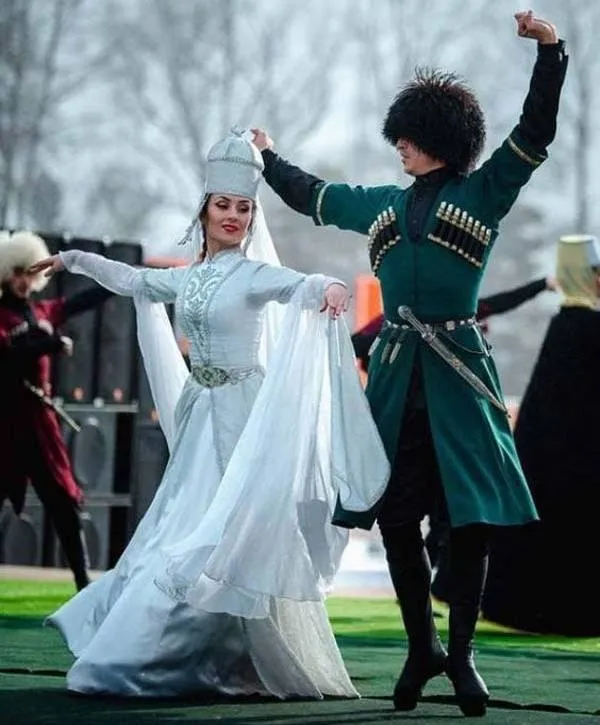
Azari women typically wear long dresses in bright, cheerful colors, accompanied by a small hat known as a “barak.” Older married women often wear a “yayliq,” a headpiece worn under their long, colorful scarves. Azari men, on the other hand, wear long coats and woolen hats, suitable for the cold climate of northwest Iran. The simplicity of men’s attire signifies authenticity, while the vibrant colors of women’s clothing highlight their cultural richness.
The Traditional Clothing of the Gilack People in Iran
The Gilack people of Iran call the northern region between the Caspian Sea and the Alborz Mountains their home. Living in one of Iran’s most lush and verdant areas, their surroundings have significantly influenced their traditional clothing over time.

The traditional clothing of the Gilacks can mainly be categorized into three styles: Qasem-Abadi in the east, Taleshi in the west, and Rosoukhi in the center. Among these, the Qasem-Abadi traditional clothing is recognized as one of the oldest and most authentic styles in Iran and the East in general.
Qasem-Abadi women wear skirts that can be either long or short, along with a vest over their shirts in the colder seasons and a long scarf. Some women also wear a small hat that covers their forehead, which, along with their vests, is often decorated with coins.

The most distinctive feature of Qasem-Abadi women’s clothing is its colorful layers, the vibrant stripes on their skirts, and the coin decorations. Their scarves typically feature floral imprints and other intricate designs. In contrast, Gilack men wear simpler attire: loose trousers fastened around the waist with a shawl, a vest, and a woolen hat. While the trousers, vest, and hat are usually black, the shirt’s color varies according to the man’s personal taste.
Visitors to the northern regions of Iran can experience the rich cultural heritage of the Gilack people and their traditional attire, reflecting a vibrant blend of history, geography, and artistry.
Traditional Clothing of the Bakhtiari Nomads in Iran
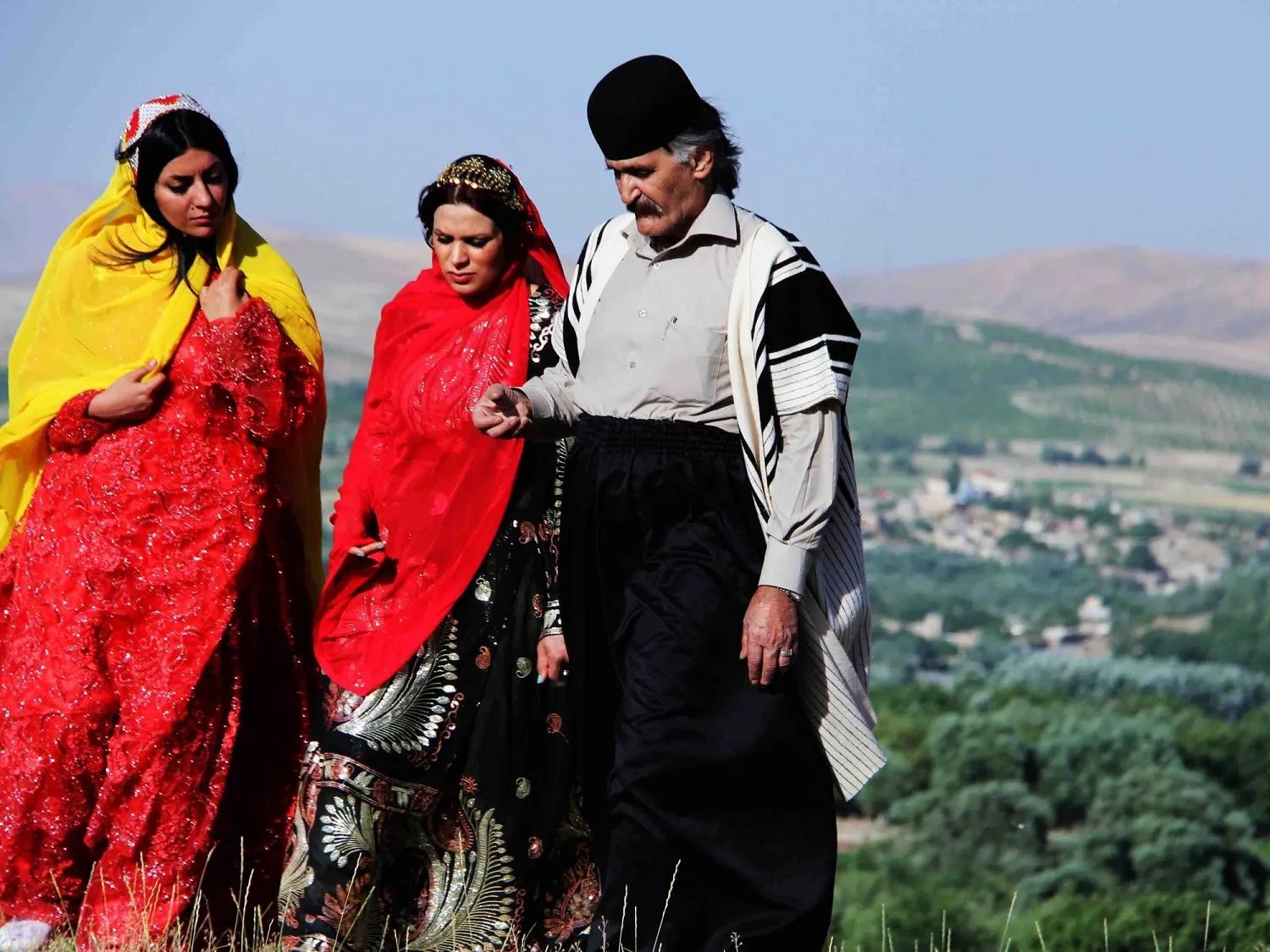
Among the many tribes and nomads of Iran, the Bakhtiari Lors are the largest group. Living and migrating yearly between five different provinces in southwest Iran, they encounter various climates. Their dependence on self-produced goods has given their clothing a unique shape and color.
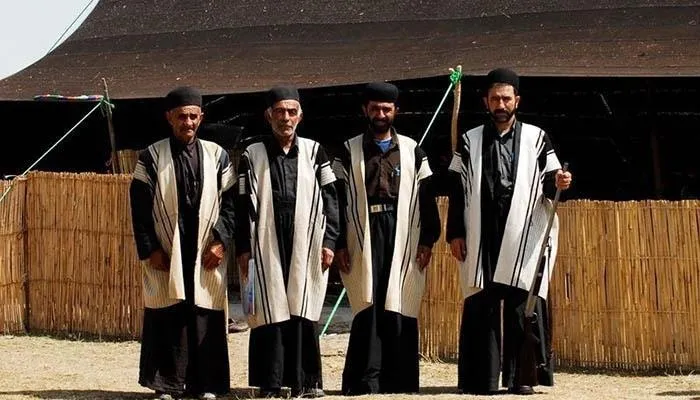
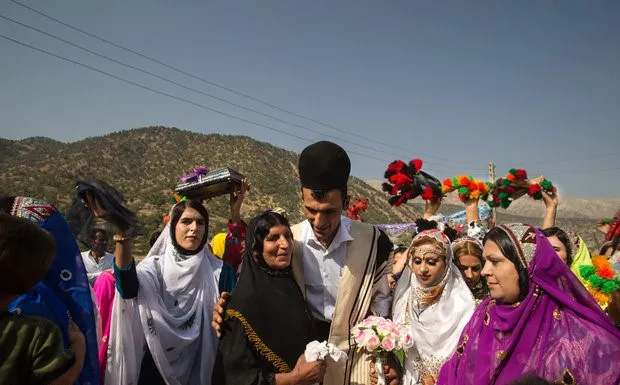
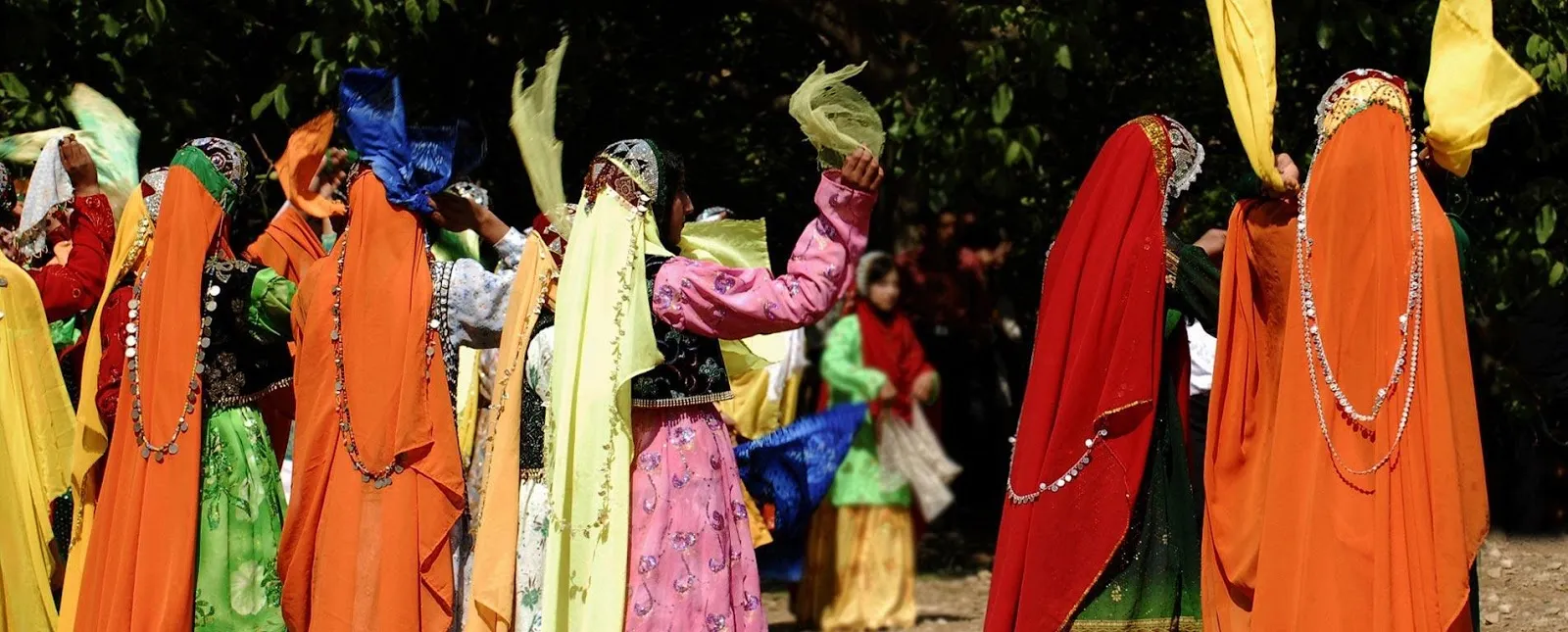
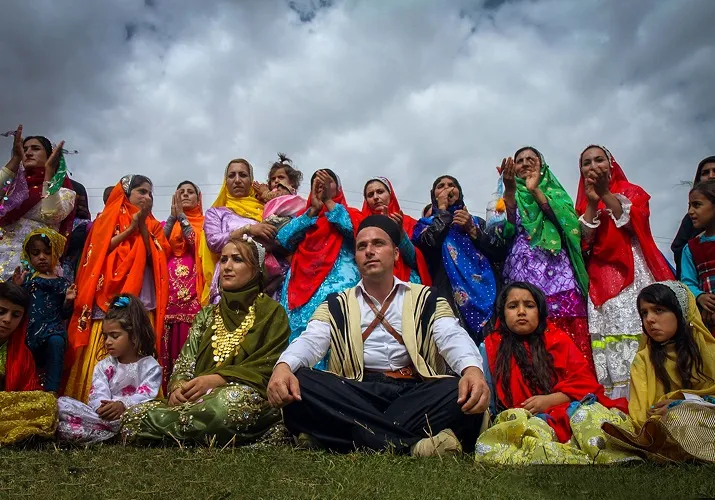
The Bakhtiari national costume of Iran reflects their rich cultural heritage. Bakhtiari men typically wear dark, loose trousers fastened around the waist with a shawl, a woolen hat, and a woolen beige mantle with vertical dark stripes. In contrast, Bakhtiari women don colorful layers of long dresses complemented by a long scarf that harmonizes with the vibrant layers of their attire.
Visitors can join the Bakhtiari nomads on their annual migrations to experience a lifestyle that has persisted for ages. This journey offers a unique opportunity to witness firsthand how they make and wear their traditional clothes.
For those interested in the simple, nomadic lifestyle far from urban centers, our Nomad Tours provide a range of options to experience authentic and unique life in the heart of nature and mountains.
Local Clothing Trends Across Iran
For thousands of years, Iranians have called home a land that, for the past two hundred years, has resembled the shape of a cat on the world map – a fitting fact for a country that gave the world the famous Persian cat. This vast land, with its five-thousand-year history, has seen millions of people loving and living in every part of it.
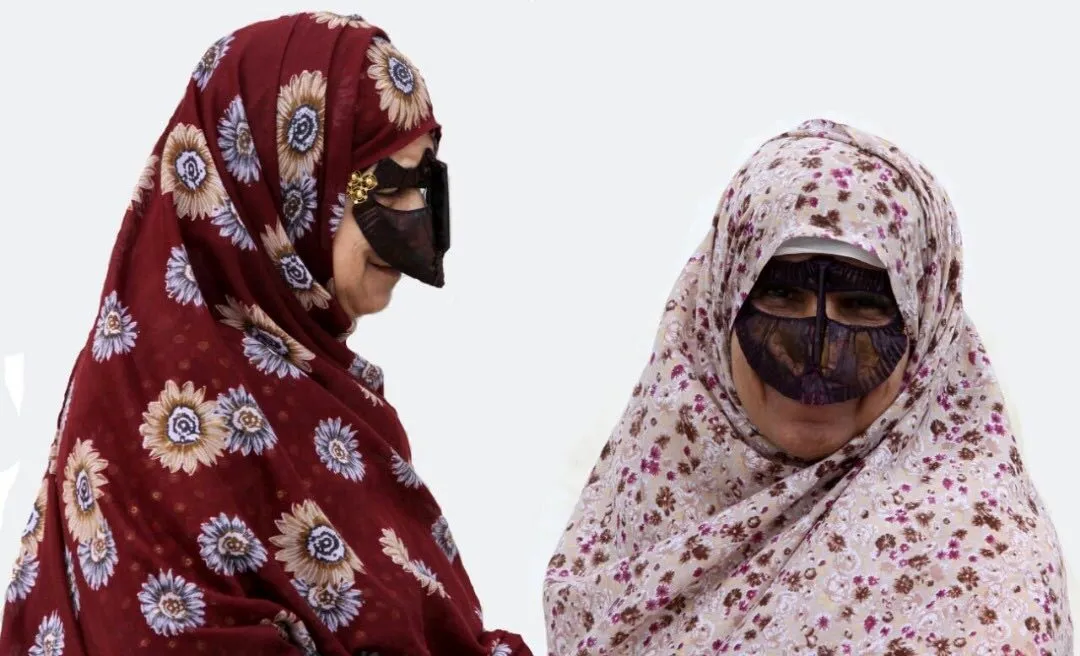
The vastness and diversity of Iran have significantly influenced its local clothing styles, alongside many other cultural aspects. With deserts, snowy mountain tops, humid seashores, oak forests, fruit gardens, long rivers, and expansive fields, the inhabitants have experienced diversity in every shape and form.

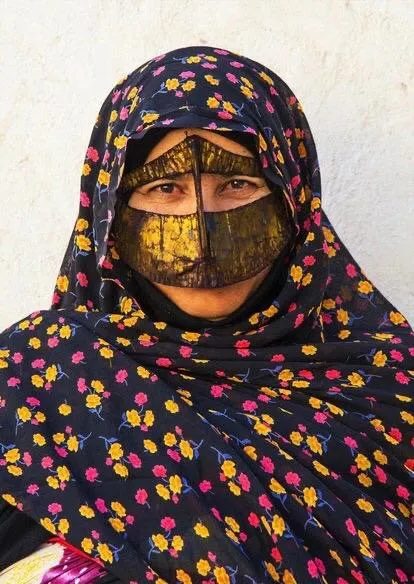
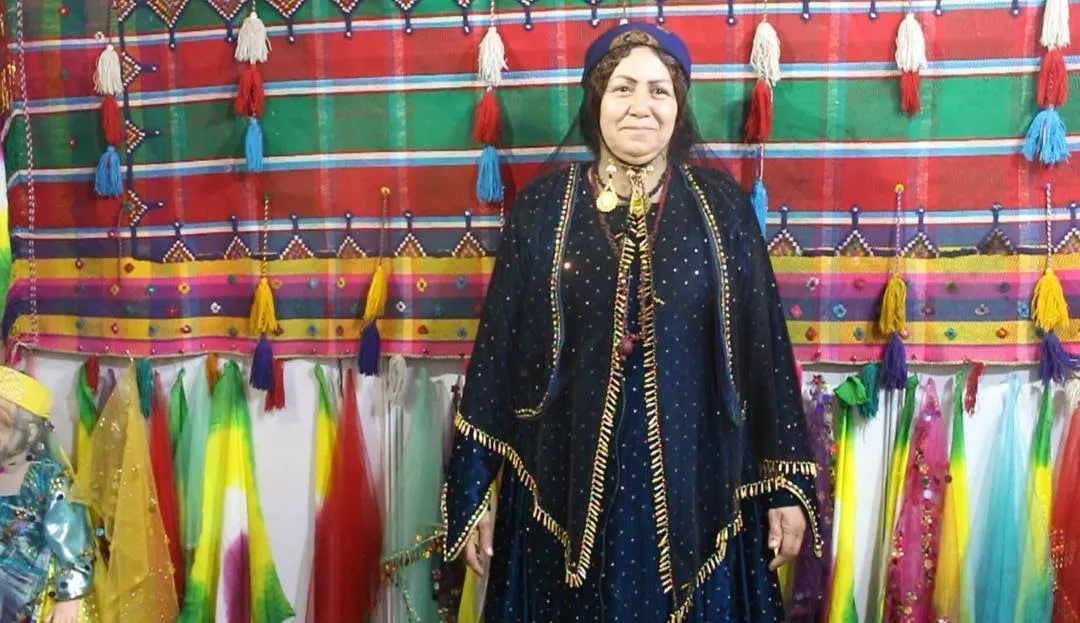

In southern Iran, in the city of Bandar Abbas and the island of Qeshm, women wear long dresses in bright colors adorned with floral prints. Conversely, Lor women living in the mountainous western regions of Iran wear vests and coats over their long dresses featuring colorful quilted stripes. While married women in Bandar Abbas and Qeshm wear scarves and specially made masks, Lor women wear long woolen scarves that cover their shoulders.



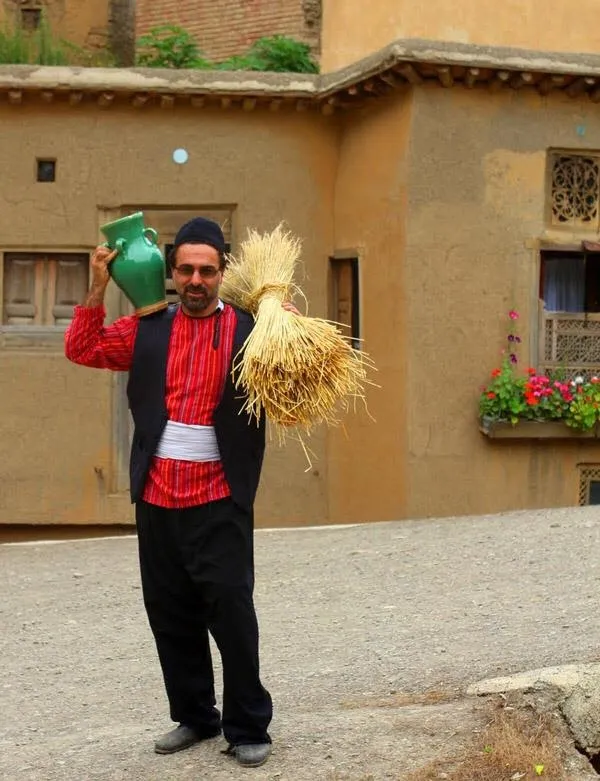
Inhabitants near Iran’s borders often dress similarly to their neighbors. For instance, Balochi men and women wear clothing that resembles Pakistani and Afghan styles. Balochi women wear colorful trousers and long dresses accompanied by long shawls, while Balochi men don long white trousers and shirts similar to the “dishdasha,” suitable for the warm climate.
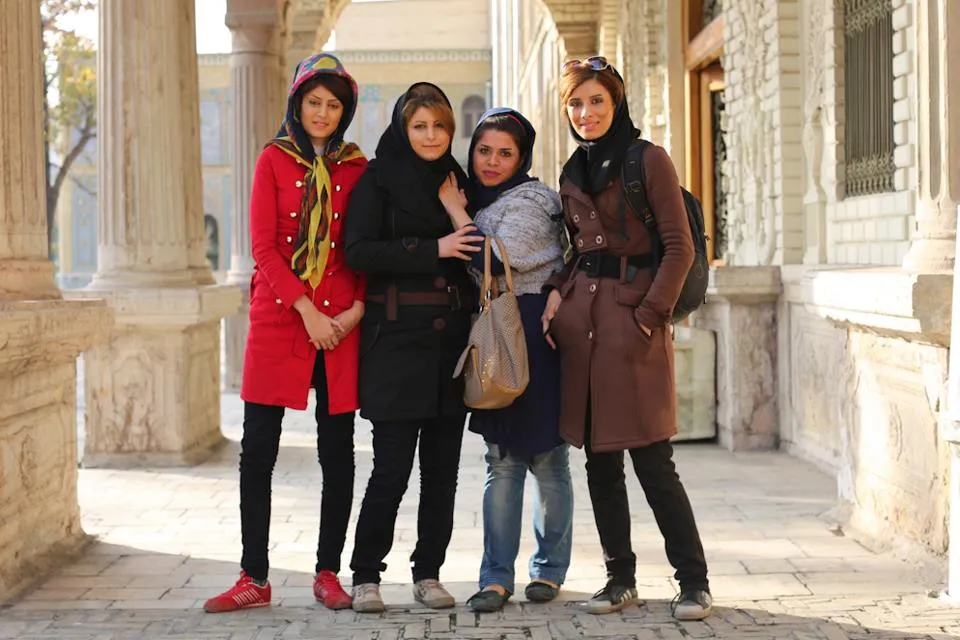
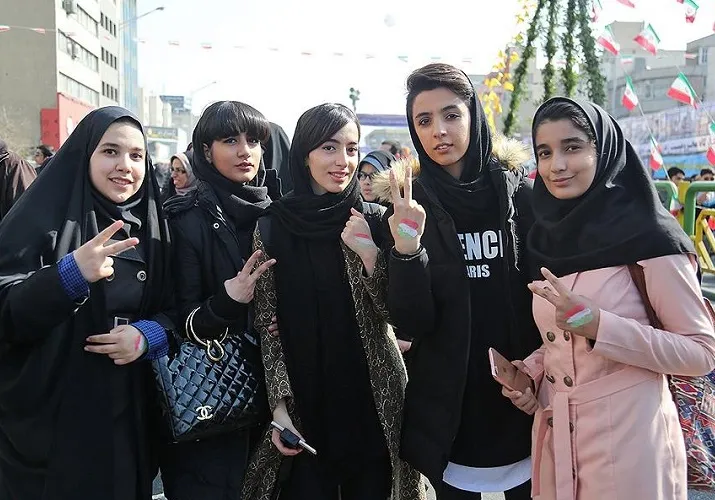
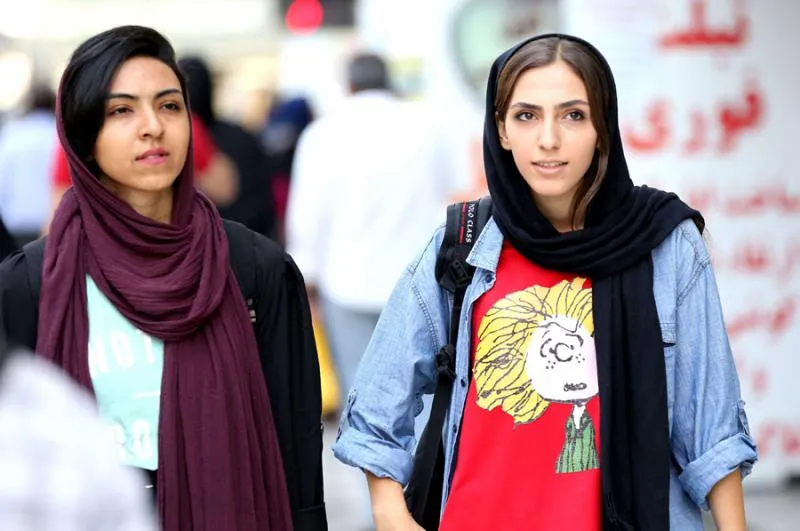
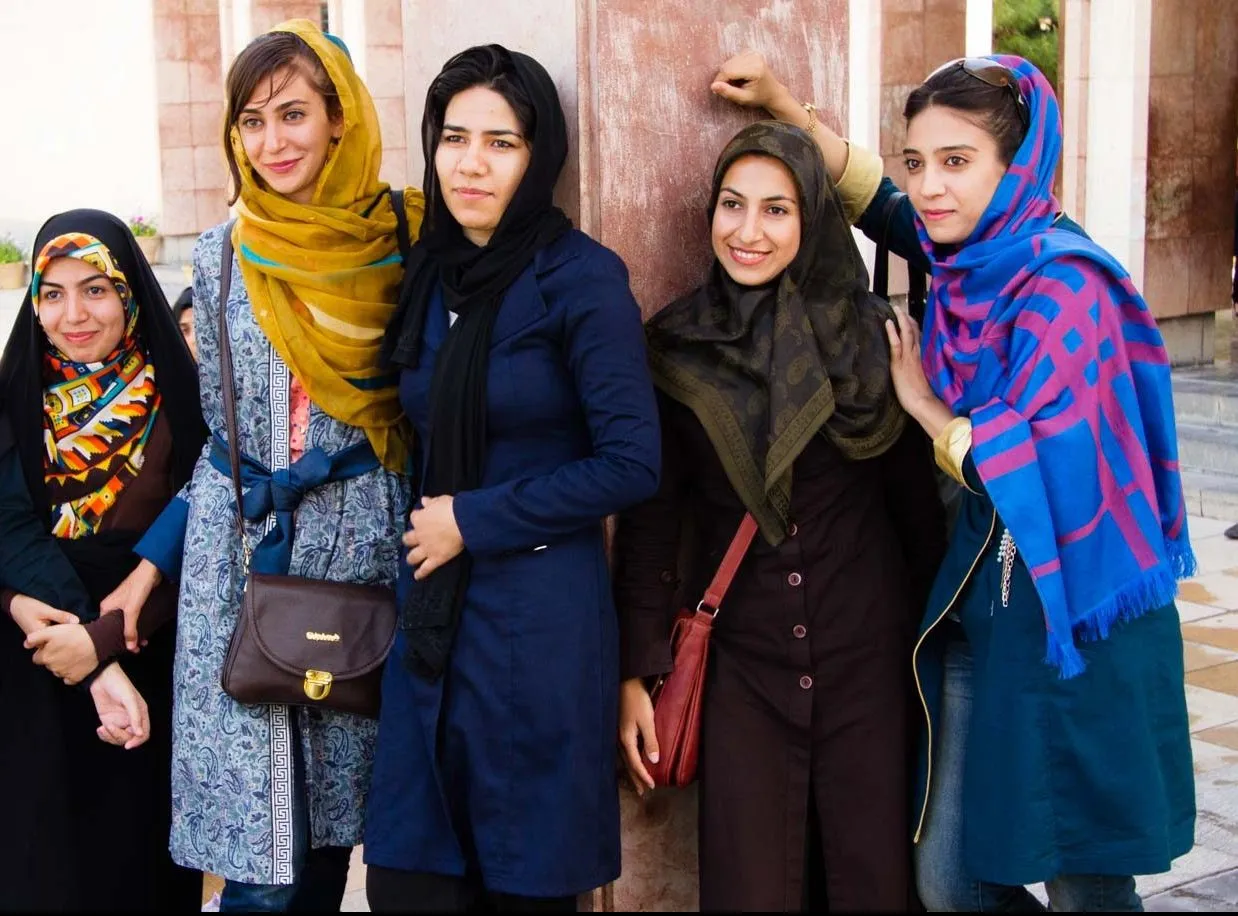
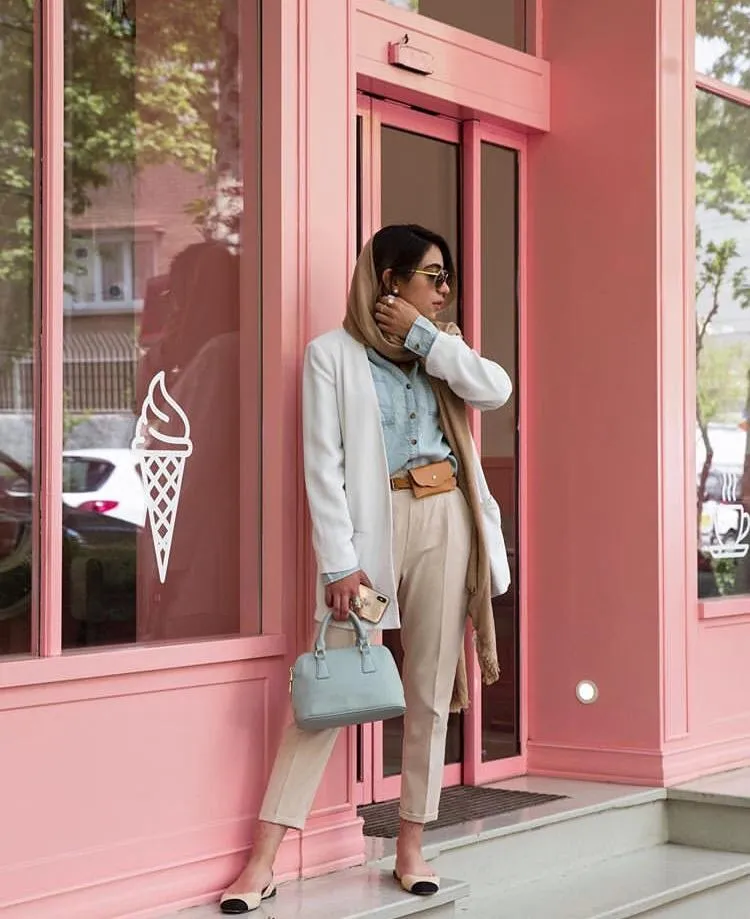

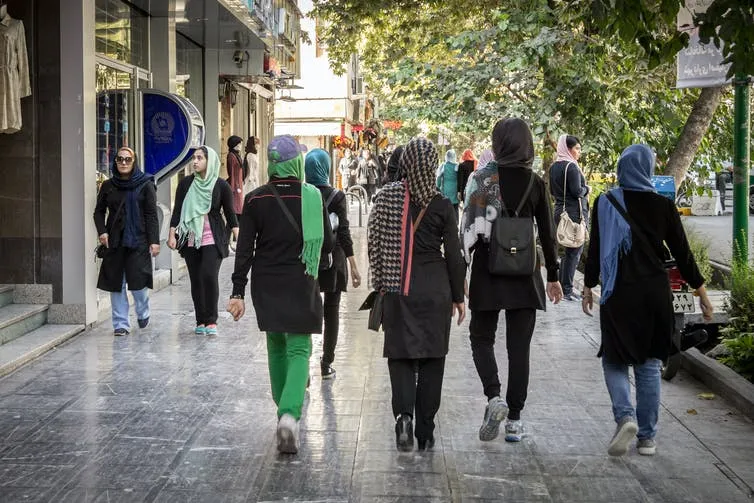
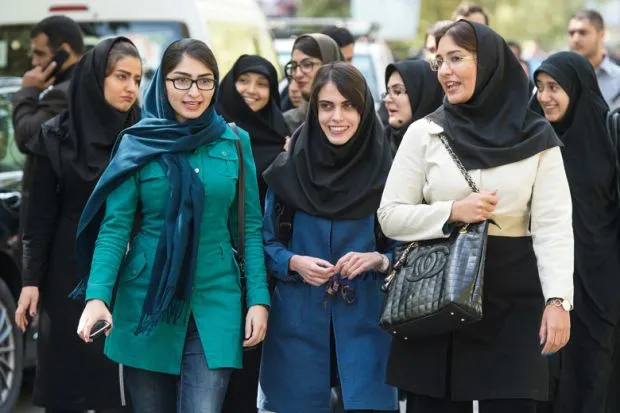
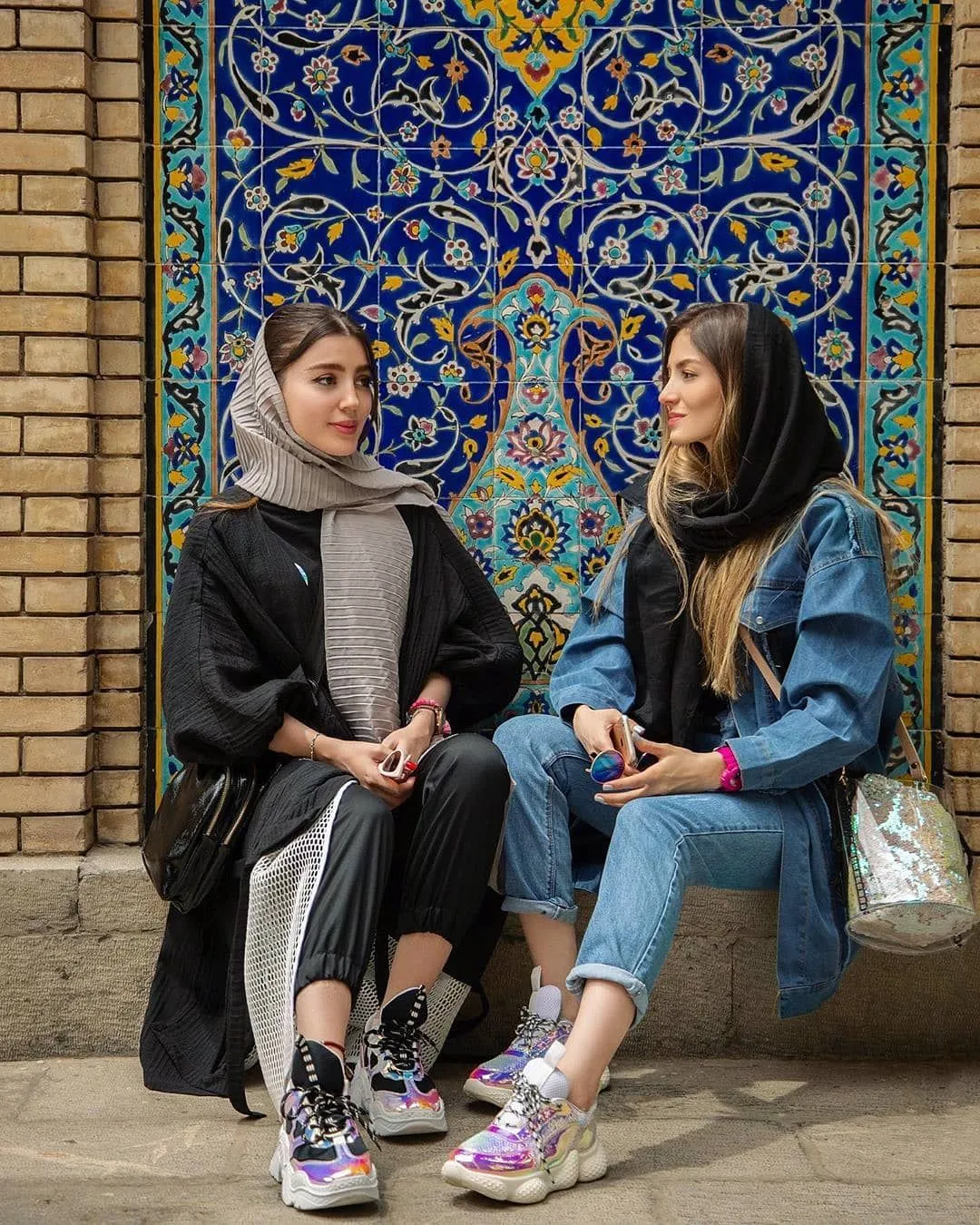
One common factor in both modern and traditional Iranian clothing is the hijab. While it might be seen as a sign of Iran’s predominantly Muslim population, the hijab has been a part of Iranian clothing since ancient times. Depictions of hijabs can be found in Achaemenid inscriptions and old tales. Although today the hijab is mandated by law, it remains an integral part of Iranian clothing, reflecting the nation’s ability to blend tradition with innovation. This is why the hijab in Iran appears distinct from that in other countries—it is part of an artistic tradition that Iranians have refined over the ages, creating unique and beautiful ways of adhering to their cultural and religious practices.
